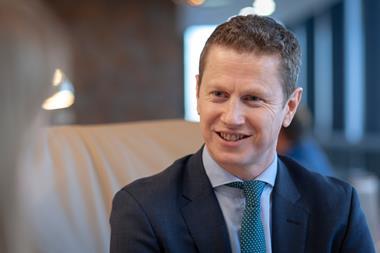Scheme and affinity group business represents an enormous opportunity to build your client base quickly and profitably.
But you must approach the opportunity in the right way, or it can work out expensive and time-consuming. Get it right and you'll see fast growing, manageable and less promiscuous business come your way.
The right approach largely follows good marketing practice for attacking any area of business. With affinity groups, you're committing some special effort, so realism is even more vital. You need to consider the following:
Some successful schemes are simply based on the relationship a broker builds up with a distinct group. Often this is the spin-off of special interest or knowledge of a sector garnished from personal experience.
One absolute goldmine of a scheme I know of was built up largely from the specialist knowledge an intermediary had of a water-based leisure activity. He really understood the key risks facing the commercial part of the sector, what elements worried them and how specially written insurance and risk management would provide a powerful offer. He also understood the sub culture and how to get close to the target group. This was vital in developing the best promotional mix. For many of the businesses in the sector, this intermediary is now synonymous with insurance.
Well executed written communications always have a part to play, often combined with impact mailing literature, “off the page” advertising and editorial in the key sector journals. Don't overlook exhibitions, point-of-sale material, sponsorship and PR.
Conferences can also provide vital opportunities to access the group. One broker successfully used risk management briefings at regional meetings of the sector trade association. Hence, he got promotional access to the movers and shakers in the sector.
The cleverest cultivate top floor decision-makers to gain product/pricing advantage. They make sure they have the best business cases, which include the pivotal elements already described. They also greatly influence the product specification, pricing and distribution to help ensure success in growth, plus profitability for the insurer. Insurers then often respond with support in marketing, administration and systems.
Follow the steps and you'll turn an identifiable affinity group into a block of loyal clients, well served by the best insurance expertise. You'll also build special partnerships with insurers. Most of all, you can obtain, reasonably quickly, a revenue stream which leads to an even greater footing in the industry.
The larger the target markets, the better. But whatever its size – build on your experience and research, get known and get close. For all the scheming, it's the application that counts.
Hosted by comedian and actor Tom Allen, 34 Gold, 23 Silver and 22 Bronze awards were handed out across an amazing 34 categories recognising brilliance and innovation right across the breadth of UK general insurance.











































